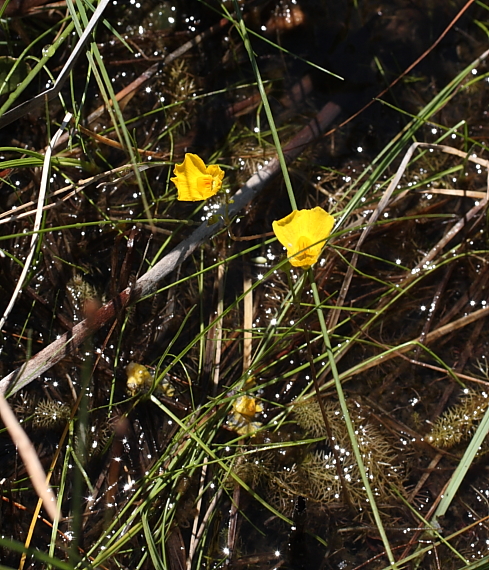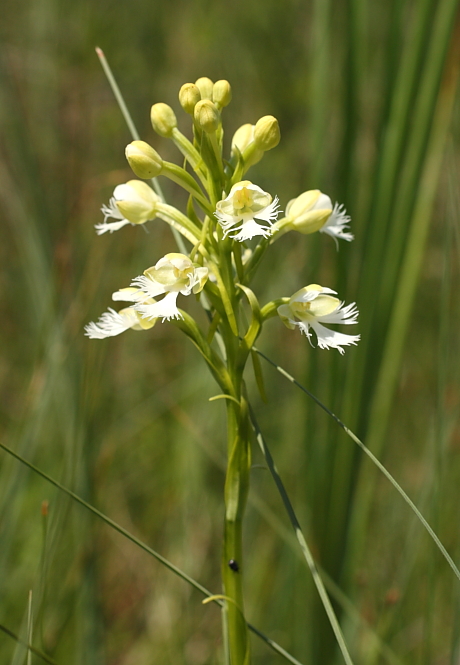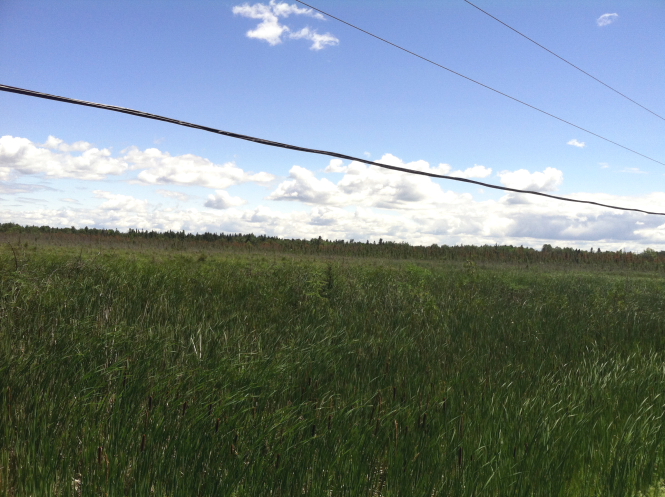This last July 4th weekend I arranged to take a trip to eastern ontario, canada with my orchid friends Ken Hull and Jerry Pedini. Both are from upstate ny where I used to live, and often get together when we check out native orchids in the area. Ken and I had received information last year about the whereabouts of amerorchis rotundifolia in the perth, canada region (near ottawa) and decided to try and find the spot (and other orchids) and get some pictures. We had three days to use and got off to a good start early the first day at an open fen near the u.s./canada border with a very rare orchid, not just rare in the u.s., but in canada and the world as well. (platanthera leuchophaea is also known as the eastern prairie fringed orchid)
there are other orchids here called rose pogonias and grass pinks. some pictures are with my iphone which doesn't have very good image adjustment and since the wind was blowing at times, the pictures aren't that hot

we make it to the border
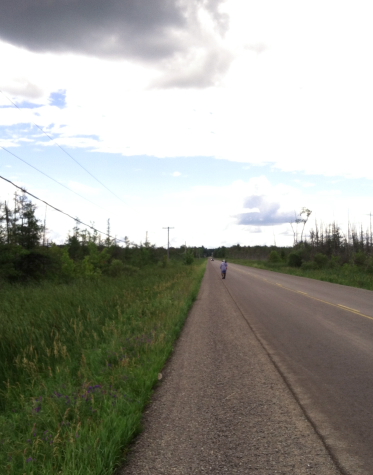
at the fen, ken gets a head start, anxious to find and photograph the rare
orchid here, platanthera leuchophaea
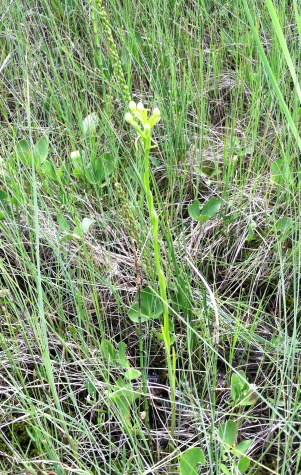
our first leuchophaea plant in bud, making us think we might be too early (d'oh!)
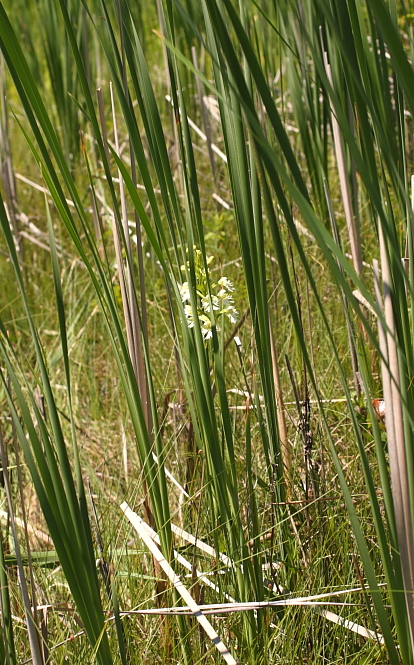
we find mature p. leuchophaea, this plant hiding amongst cattail leaves
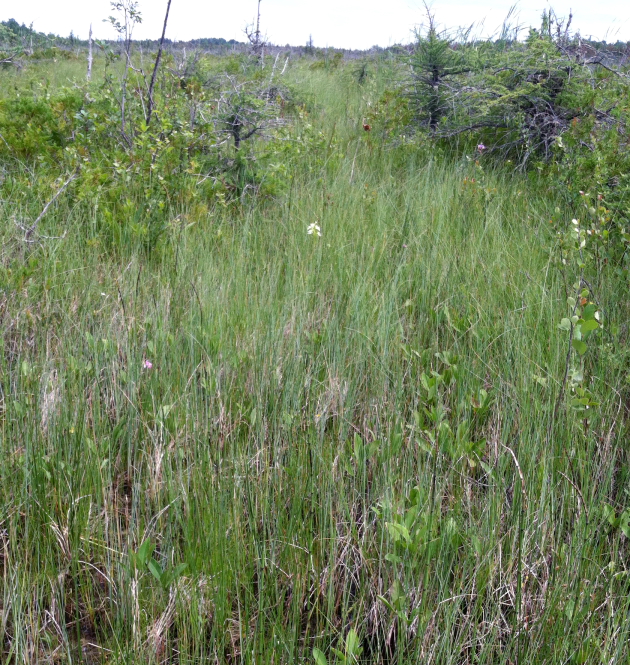
a leuchophaea in bud, with a plant of rose pogonia near and a grass pink far
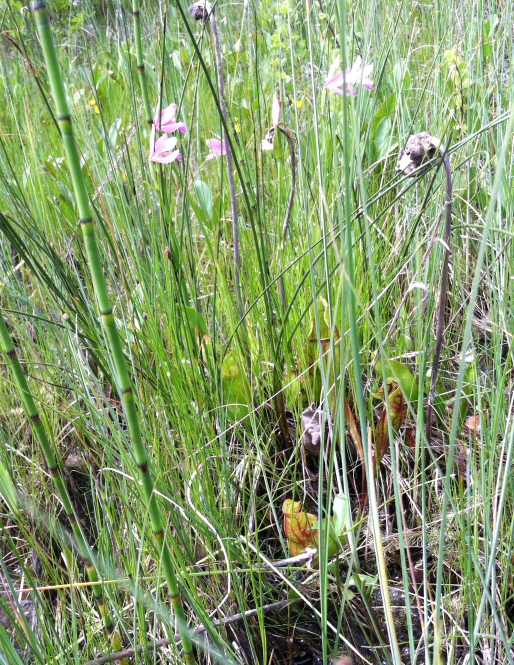
rose pognias and pitcher plants
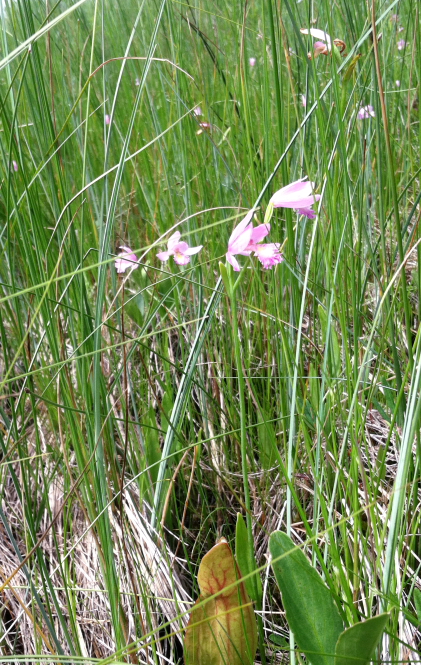
closer look at some rose pogonias, one a double-flower. in warmer
climes it's harder to find a double flower; up north the lower flower
is preserved sometimes until the second flower opens. usually the
first fades before the second opens fully

grass pinks
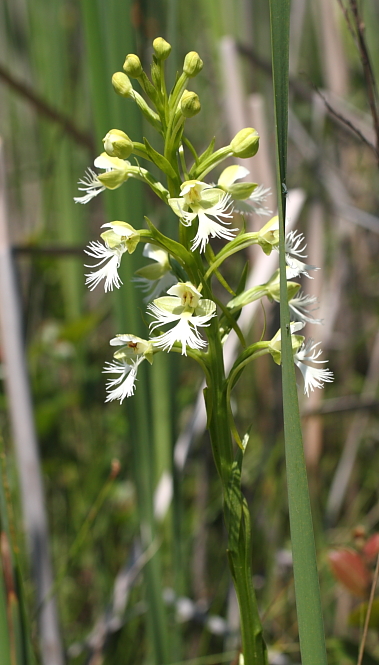
p. leuchophaea is like other platantheras in that the flowers look like
little people! the pollinia clusters end up looking like eyes... with
leuchophaea the dorsal sepal cups forward to look like a hood.
leuchophaea is a very beautiful flower, and has an attractive creamy
coloration
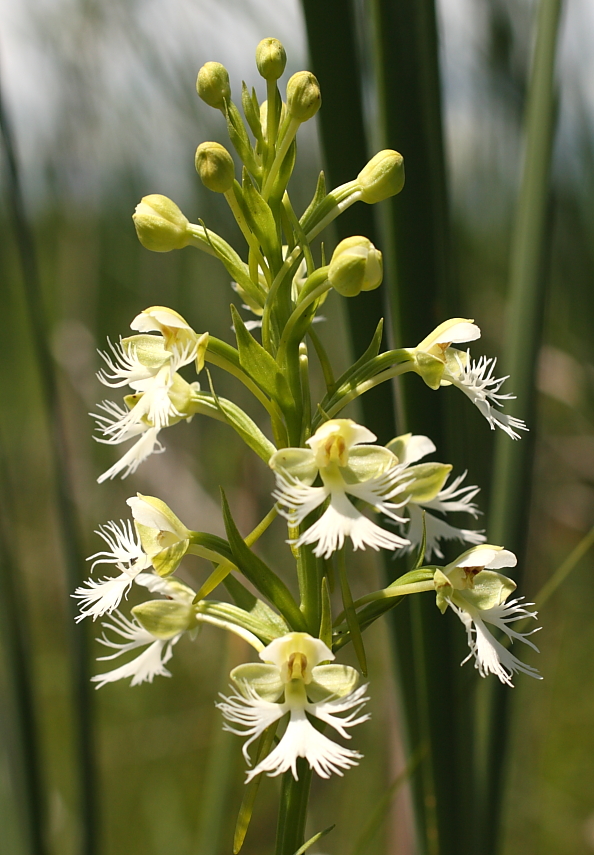
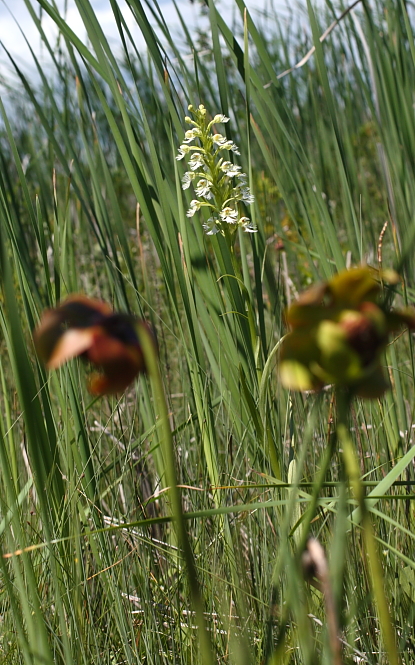
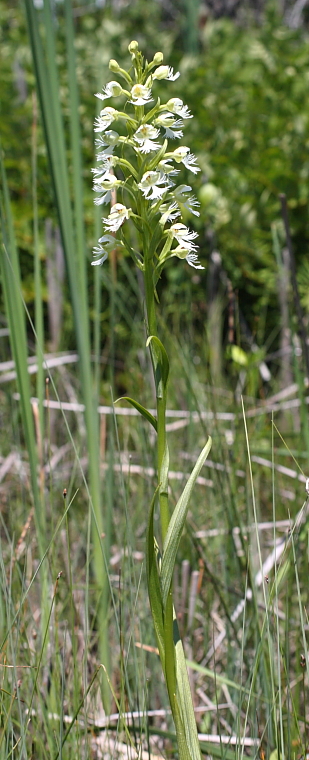
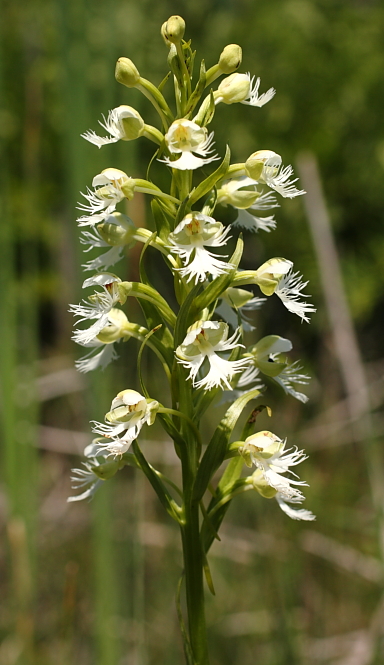
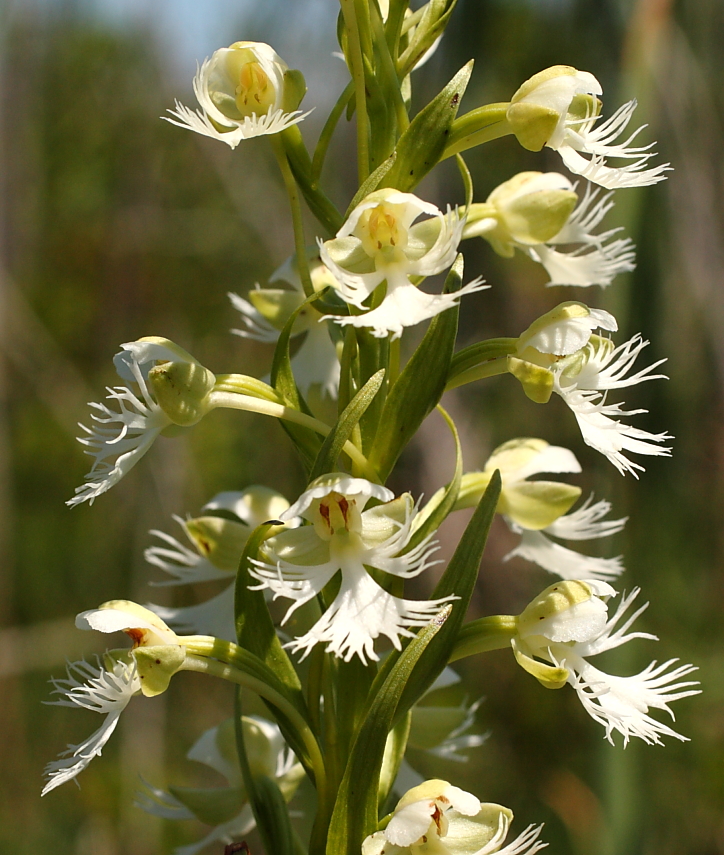
more in reply post
there are other orchids here called rose pogonias and grass pinks. some pictures are with my iphone which doesn't have very good image adjustment and since the wind was blowing at times, the pictures aren't that hot

we make it to the border

at the fen, ken gets a head start, anxious to find and photograph the rare
orchid here, platanthera leuchophaea

our first leuchophaea plant in bud, making us think we might be too early (d'oh!)

we find mature p. leuchophaea, this plant hiding amongst cattail leaves

a leuchophaea in bud, with a plant of rose pogonia near and a grass pink far

rose pognias and pitcher plants

closer look at some rose pogonias, one a double-flower. in warmer
climes it's harder to find a double flower; up north the lower flower
is preserved sometimes until the second flower opens. usually the
first fades before the second opens fully

grass pinks

p. leuchophaea is like other platantheras in that the flowers look like
little people! the pollinia clusters end up looking like eyes... with
leuchophaea the dorsal sepal cups forward to look like a hood.
leuchophaea is a very beautiful flower, and has an attractive creamy
coloration





more in reply post




